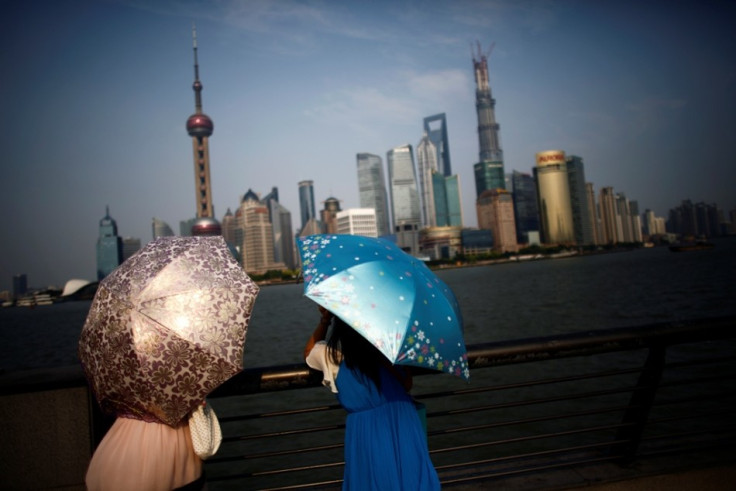China to Draw Over $100bn in Foreign Direct Investments in 2013

Foreign investment in China rose 5.8% on an annual basis in the first 10 months of 2013, and remains on track to match the preceding year's investment inflows.
Beijing said on 19 November that foreign direct investment (FDI) reached $97bn (£60bn, €72bn) for the January-October period. Inflows hovered at $111.7bn in 2012, slightly lower than 2011's record high figure of $116bn.
For October alone FDI climbed 1.2% year-on-year to $8.4bn.
The vast majority of FDI comes from a group of 10 Asian countries and regions including Hong Kong, Japan and Singapore. Inflows from these countries shot up 7.2% to $83.6bn during the first ten months.
The amount of money coming in from the European Union rose 22.3% on an annual basis, while inflows from the US rose 12.4%.
Foreign investment in the country's service sector rose 13.9% to $49.8 billion. However, inflows into the manufacturing sector dropped 5.3% to $38.3bn.
Meanwhile, Chinese investment abroad, from non-financial firms, rose 20% on an annual basis to $69.5bn during the ten months, according to Commerce Ministry data.
The ministry said about 90% of the total outward investment went to five industries: commercial services, construction, manufacturing, mining, and wholesale and retail.
China's outbound investment in the property sector soared 95% to $1.7bn, while investment outflows into construction rocketed 426% in the ten months to $5.1bn.
"We can see that foreign investment from Asian countries, the European Union and the U.S. all kept relatively fast growth in the first 10 months," Commerce Ministry spokesman Shen Danyang told a monthly briefing.
"China's exports will continue to face difficulties from many aspects for the rest of the year and as well as in the relatively longer time frame," Shen said.
Nonetheless, it is "not completely impossible" to achieve the government's 8% annual target for trade growth this year, he added.
China to Lead Recovery
Speaking at a Global Investment Outlook Summit conference in Hong Kong, Bill Maldonado, the chief investment officer in Asia-Pacific for HSBC Global said China's reform agenda has reinforced confidence in Asia's biggest economy and now emerging markets are expected to catch-up with stocks in the developed world.
"Valuations and profitability are very good in emerging markets and right now developed markets are looking pretty fully valued," added Maldonado.
"China [will lead a rotation into emerging market stocks] because it's one of the cheapest emerging markets in the world and it's one of the most profitable."
China Reforms
On 15 November, China unleashed a flurry of detailed economic and social reform plans in a bid to secure the country's future growth.
According to a document released by the Communist Party, following a four-day conclave of its top leaders, China said it plans to cut red tape by scrapping residency restrictions in small cities and townships, while also integrating urban and rural social security systems.
This includes the establishment of an exchange market for rural property rights transfers.
The country also pledged to accelerate capital account convertibility and push ahead with an environmental tax.
Among other economic reforms, China plans to set up a debt risk alert mechanism as well as standardising the way local and central government debt is managed.
© Copyright IBTimes 2025. All rights reserved.






















